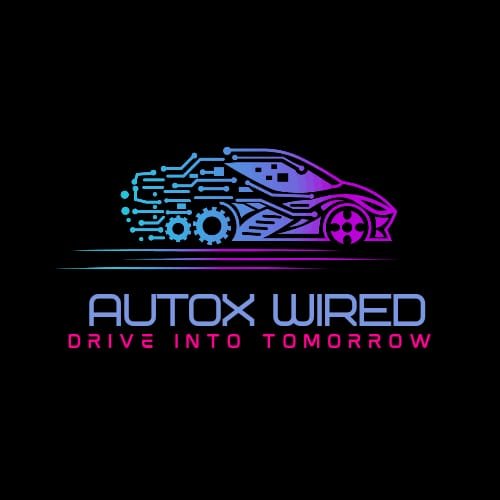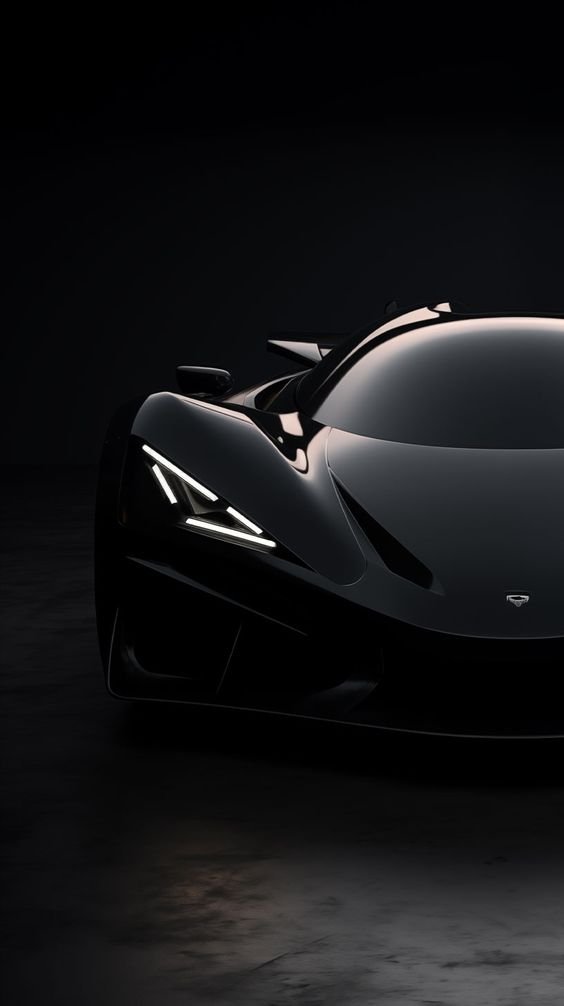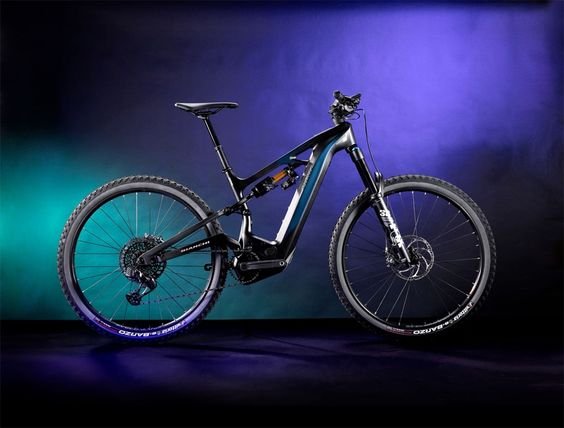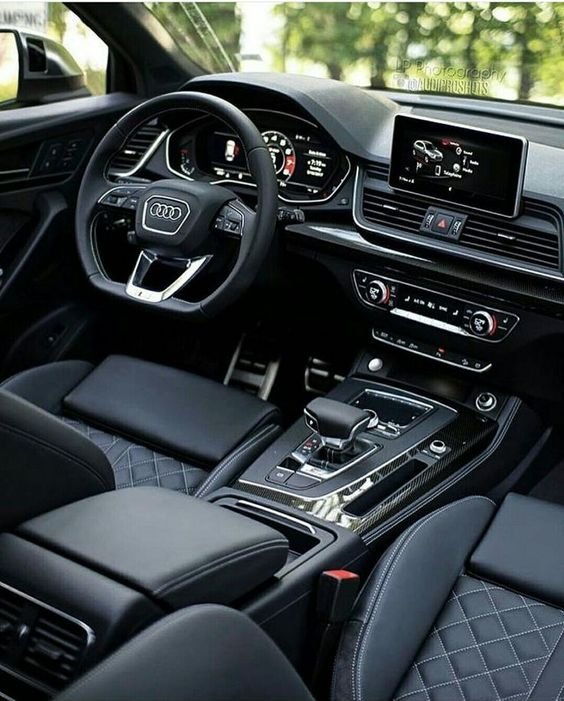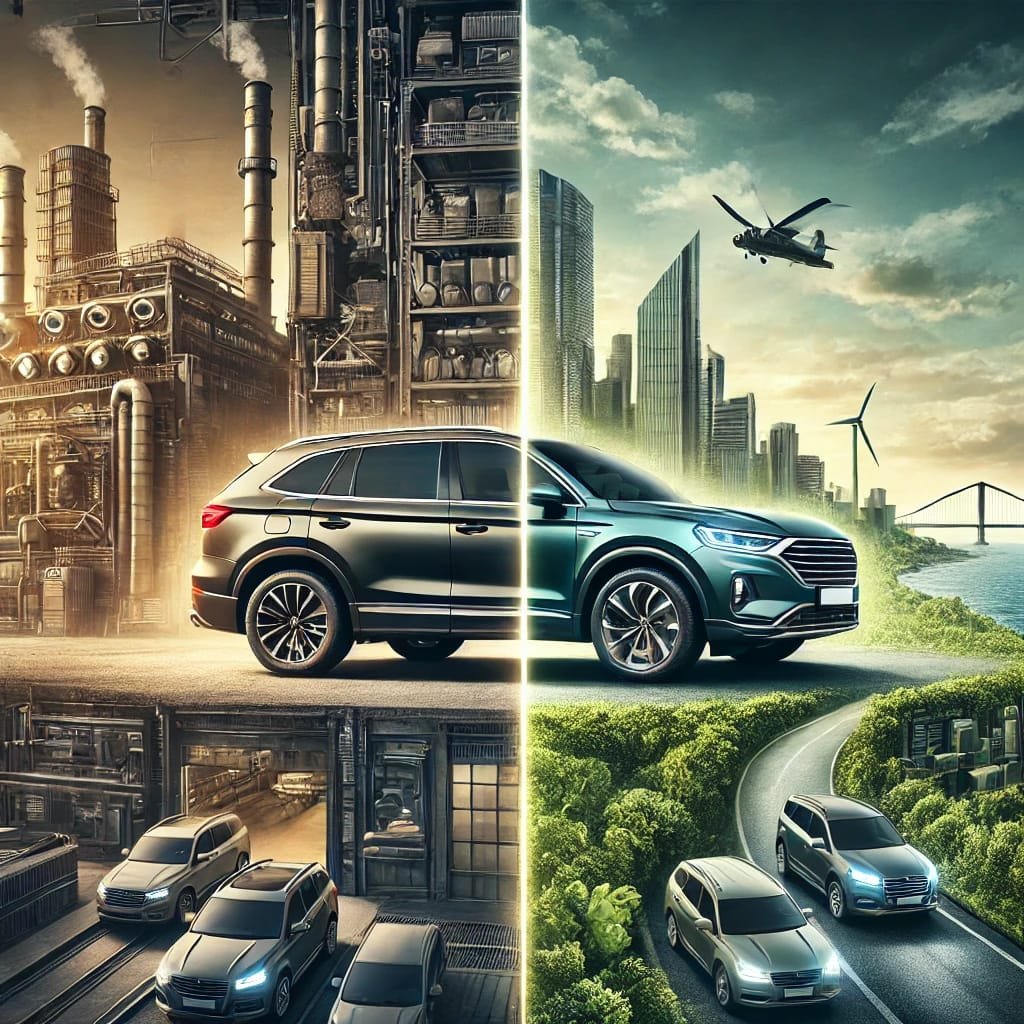
Vehicle-to-Grid (V2G) technology is an innovative concept that allows electric vehicles (EVs) to not only draw power from the grid but also return energy back to it. This bidirectional flow of electricity has the potential to revolutionize the way we think about energy consumption, storage, and distribution. As the adoption of electric vehicles continues to accelerate and renewable energy becomes a larger part of the global energy mix, V2G technology is poised to play a critical role in creating a more flexible, resilient, and sustainable energy system.
This article will explore the future of V2G technology, its potential benefits, the challenges it faces, and the key players driving its development.
What is Vehicle-to-Grid (V2G) Technology?
Vehicle-to-Grid (V2G) technology enables electric vehicles to communicate with the power grid and either draw electricity from it or send electricity back to it. In essence, V2G transforms electric vehicles into mobile energy storage units, allowing them to provide services such as energy storage, load balancing, and demand response to the grid.
The key components of a V2G system include:
- Bidirectional Chargers: These allow electricity to flow both to and from the EV battery.
- Communication Systems: To enable real-time data exchange between the vehicle, the charging station, and the grid operator.
- Software Platforms: To manage the flow of energy and optimize charging/discharging based on grid conditions, electricity prices, and user preferences.
The Potential Benefits of V2G Technology
- Grid Stability and Flexibility
One of the most significant benefits of V2G technology is its potential to enhance grid stability and flexibility. With the increasing penetration of intermittent renewable energy sources like wind and solar, balancing supply and demand on the grid has become more challenging. V2G can help address this issue by providing a distributed network of storage that can absorb excess energy when supply is high (e.g., during a sunny day) and return it to the grid when demand exceeds supply (e.g., during peak hours).
- Cost Savings for Consumers
V2G technology offers potential cost savings for EV owners. By selling stored electricity back to the grid during peak hours when electricity prices are high, EV owners can earn money or receive credits on their energy bills. Moreover, smart charging systems can charge EVs during off-peak hours when electricity prices are lower, reducing the overall cost of ownership.
- Enhanced Renewable Energy Integration
V2G technology supports the integration of renewable energy into the grid by acting as a buffer that absorbs excess renewable energy and releases it when needed. This capability is particularly valuable in regions with high levels of renewable generation, where V2G can help smooth out the variability of wind and solar power, reducing the need for backup fossil fuel generation.
- Emergency Power Supply
Electric vehicles equipped with V2G technology can serve as emergency power sources for homes and businesses during grid outages. For example, in areas prone to natural disasters, an EV can provide critical backup power, increasing resilience and reliability.
- Reduced Need for Grid Infrastructure Investment
By decentralizing energy storage and providing demand response capabilities, V2G can reduce the need for costly investments in traditional grid infrastructure, such as peaker plants and transmission lines. This can lead to a more efficient and cost-effective energy system.
The Challenges Facing V2G Technology
- Battery Degradation Concerns
One of the main concerns with V2G technology is the potential for battery degradation due to frequent charging and discharging cycles. While modern lithium-ion batteries are becoming more durable, the impact of V2G operations on battery lifespan remains a topic of ongoing research. Automakers and battery manufacturers are working to develop batteries that can withstand more cycles without significant degradation.
- Regulatory and Market Barriers
The implementation of V2G technology faces regulatory and market challenges. Different countries and regions have varying regulations regarding energy storage, grid connection, and vehicle charging, creating a complex landscape for V2G deployment. Additionally, current electricity market structures may not provide adequate incentives for V2G participation, limiting its economic viability.
- Lack of Standardization
A lack of standardization in V2G technology, including communication protocols, hardware, and software, presents a barrier to widespread adoption. For V2G to be effective, all components of the system must be interoperable and able to communicate seamlessly. Efforts are underway to establish global standards, but achieving widespread consensus will take time.
- Infrastructure and Investment Needs
The deployment of V2G technology requires significant investment in charging infrastructure, including the installation of bidirectional chargers and upgrades to the existing grid. While some governments and utilities are starting to invest in V2G infrastructure, broader financial commitment is needed to make the technology viable on a large scale.
- Consumer Awareness and Acceptance
Consumer awareness and acceptance are critical for the success of V2G technology. Many EV owners may not be aware of the benefits of V2G or may be concerned about the impact on their vehicle’s battery life. Education and awareness campaigns, along with incentives such as financial rewards, will be necessary to encourage participation.
Key Players and Developments in V2G Technology
- Automakers
Several automakers are actively exploring V2G technology as part of their broader electrification strategies:
- Nissan has been a pioneer in V2G technology, launching several pilot projects in Europe and Japan with its LEAF model, one of the few EVs currently equipped with bidirectional charging capabilities.
- Volkswagen is also investing in V2G, with plans to introduce bidirectional charging across its electric vehicle lineup by mid-2025.
- Ford is working on V2G capabilities for its F-150 Lightning electric truck, allowing it to serve as a backup power source for homes in case of grid outages.
- Energy Companies and Utilities
Energy companies and utilities are crucial stakeholders in the V2G ecosystem, as they can facilitate grid integration and provide the necessary infrastructure:
- EDF (Électricité de France) has been involved in several V2G pilot projects in Europe, exploring the use of EVs as distributed energy resources.
- National Grid in the UK is working with partners to develop V2G infrastructure and create market mechanisms that incentivize EV owners to participate in grid services.
- Technology Companies and Startups
Technology companies and startups are developing the hardware, software, and platforms necessary for V2G technology:
- Nuvve is a leader in V2G technology, providing software platforms that enable EVs to provide grid services. The company has partnered with several automakers and utilities to deploy V2G solutions worldwide.
- ABB and Siemens are developing bidirectional charging solutions that are essential for enabling V2G functionality.
- Fermata Energy is a startup focusing on V2G technology, developing systems that allow commercial fleet owners to use their EVs to earn revenue by participating in demand response programs.
Future Outlook for V2G Technology
The future of V2G technology looks promising, driven by several key trends:
- Increasing Adoption of Electric Vehicles
As EV adoption continues to grow, the number of potential V2G-enabled vehicles on the road will increase, creating a larger pool of distributed energy resources that can support the grid. The International Energy Agency (IEA) projects that there could be over 145 million EVs on the road by 2030, many of which could be equipped with V2G capabilities.
- Growing Focus on Renewable Energy and Grid Modernization
With the global push towards renewable energy, V2G technology can play a crucial role in balancing the grid and integrating more wind and solar power. Governments and utilities are increasingly recognizing the value of V2G in supporting a resilient and sustainable energy system, leading to more investments and pilot projects.
- Technological Advancements and Cost Reductions
Advancements in battery technology, bidirectional charging infrastructure, and communication systems are making V2G more feasible and cost-effective. As technology improves, concerns about battery degradation will diminish, and the costs associated with V2G deployment will decrease.
- Regulatory Support and Incentives
Supportive regulatory frameworks and financial incentives will be critical to the growth of V2G technology. Governments are beginning to introduce policies that encourage V2G adoption, such as subsidies for bidirectional chargers and programs that compensate EV owners for providing grid services.
- Expansion into Commercial Fleets and Public Transport
Commercial fleets and public transport vehicles, such as buses and delivery trucks, present a significant opportunity for V2G technology. These vehicles have predictable usage patterns and large battery capacities, making them ideal candidates for providing grid services. Several pilot projects are already underway, exploring the use of V2G in fleets and public transit systems.
Conclusion
Vehicle-to-Grid (V2G) technology represents a significant opportunity to transform the energy landscape by creating a more flexible, resilient, and sustainable power grid. While challenges remain, including regulatory hurdles, infrastructure needs, and consumer awareness, the potential benefits of V2G are substantial. As electric vehicle adoption continues to rise, technological advancements accelerate, and supportive policies emerge, V2G is likely to become a critical component of the future energy system, enabling a cleaner, smarter, and more efficient grid.
